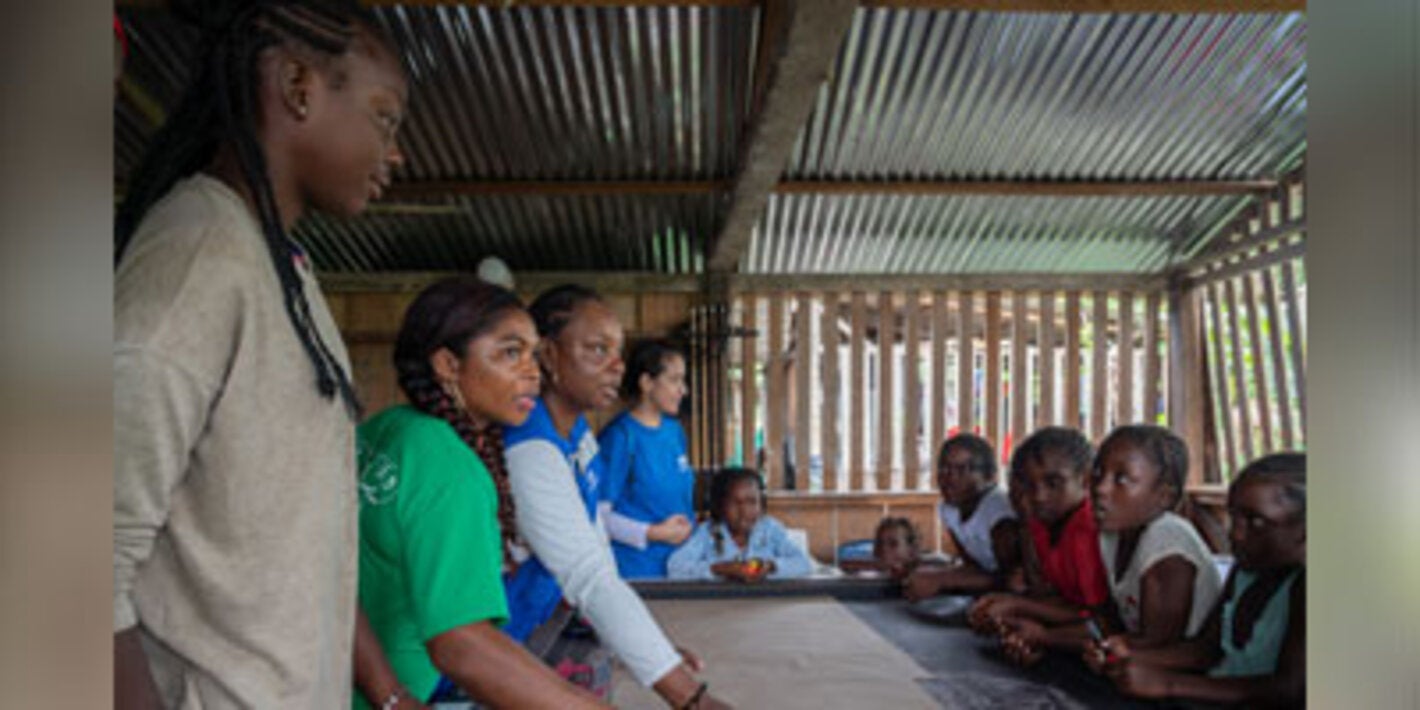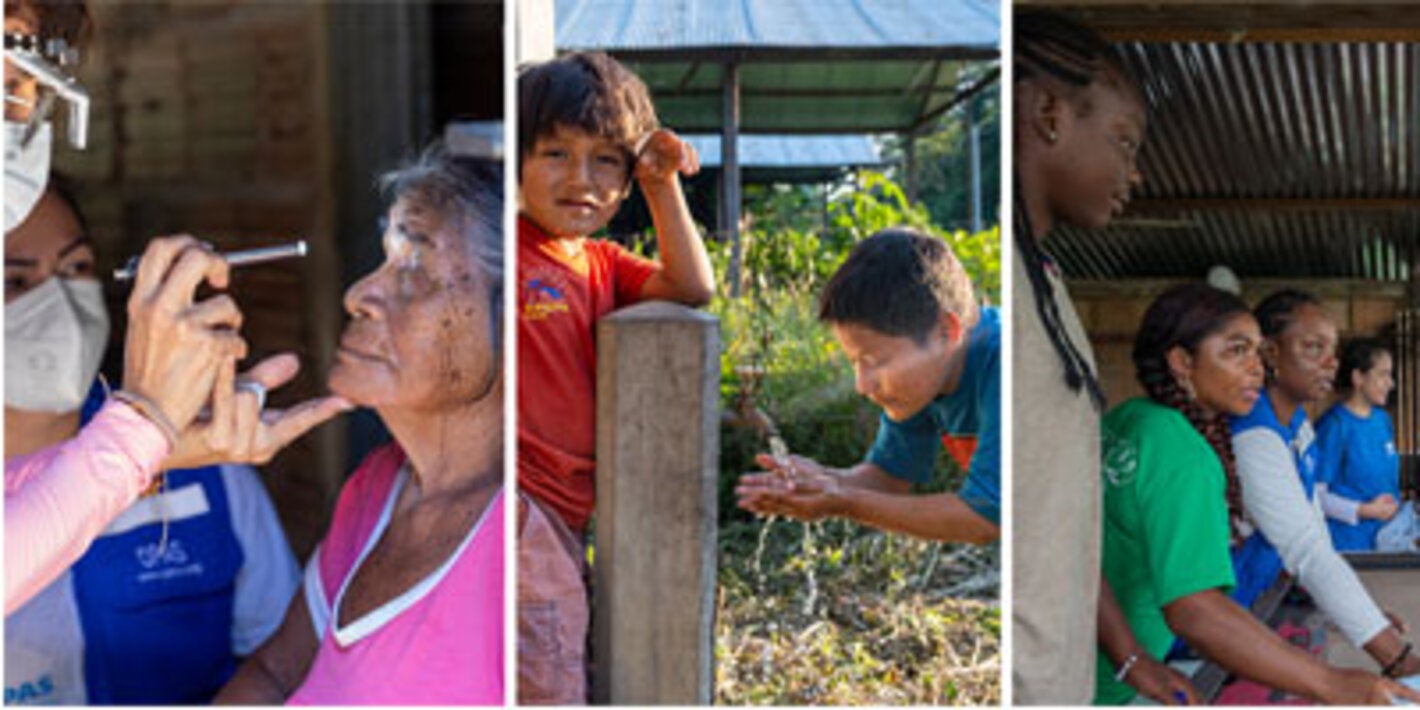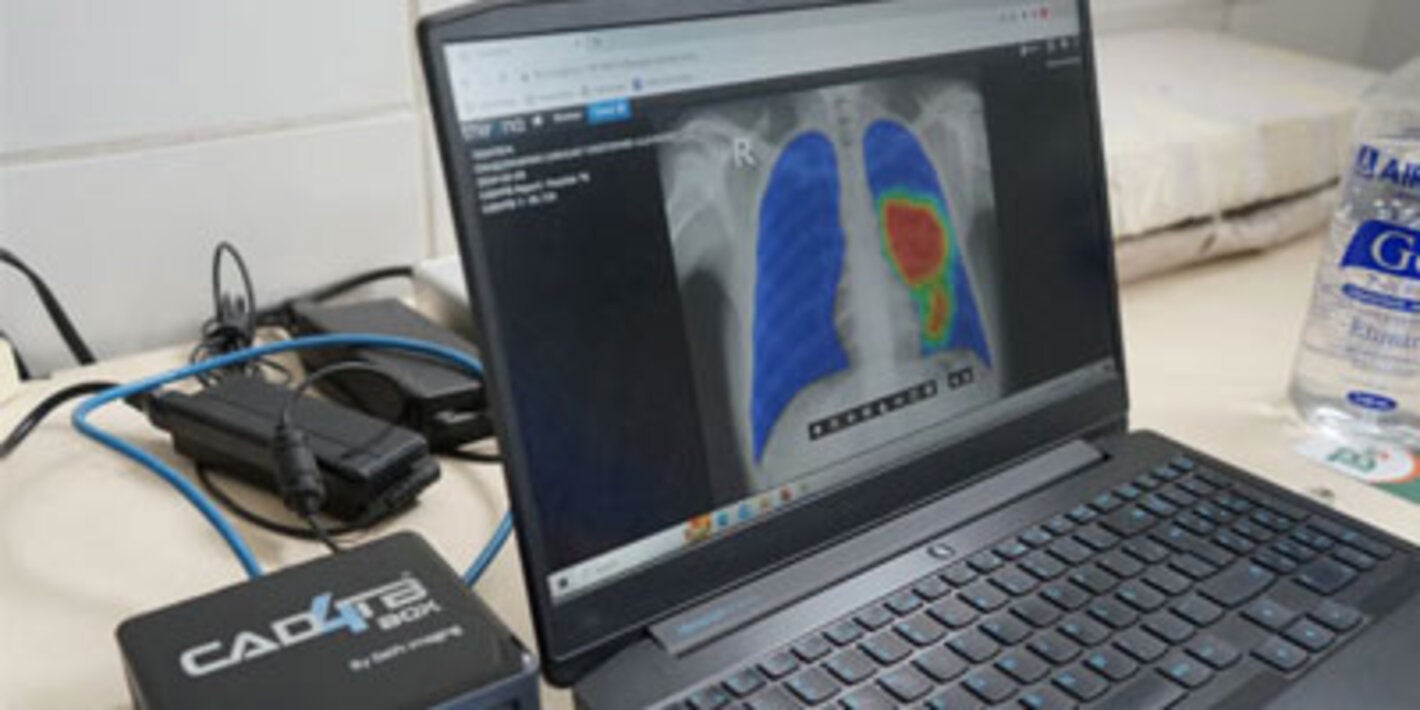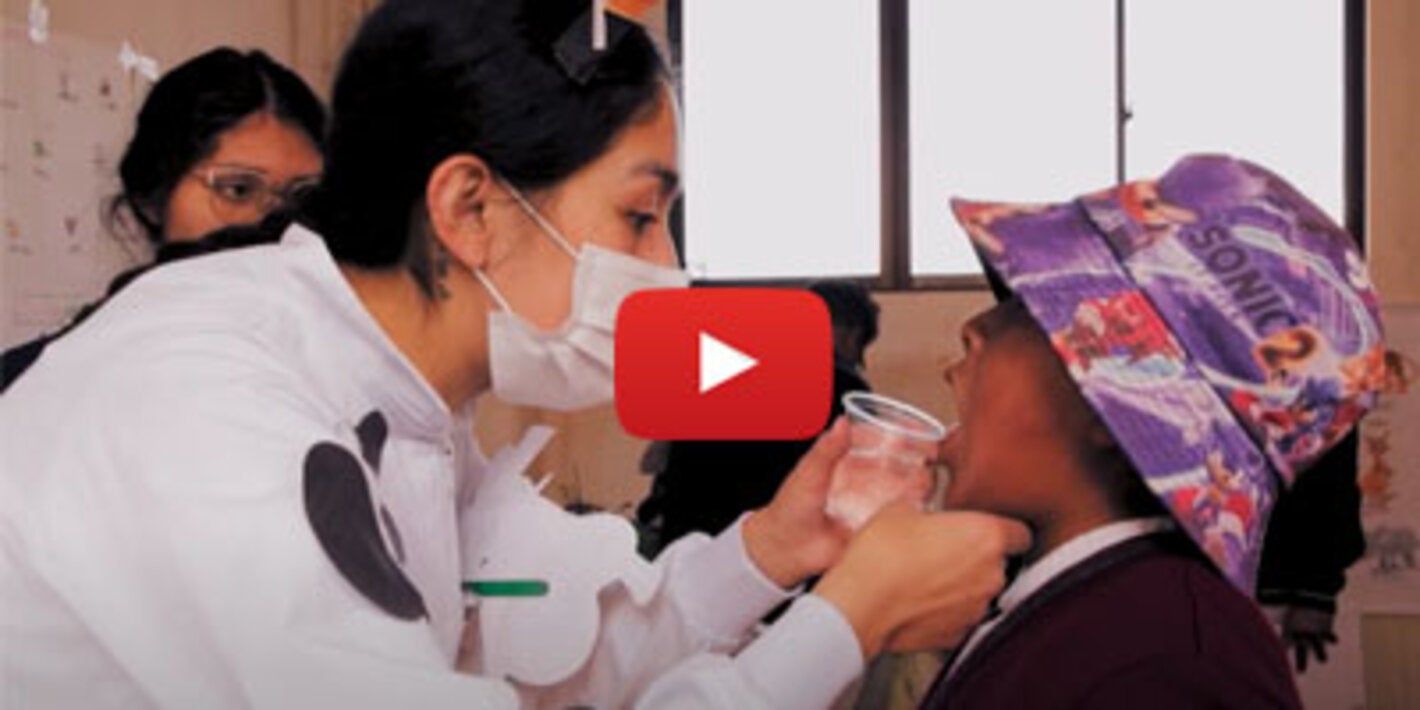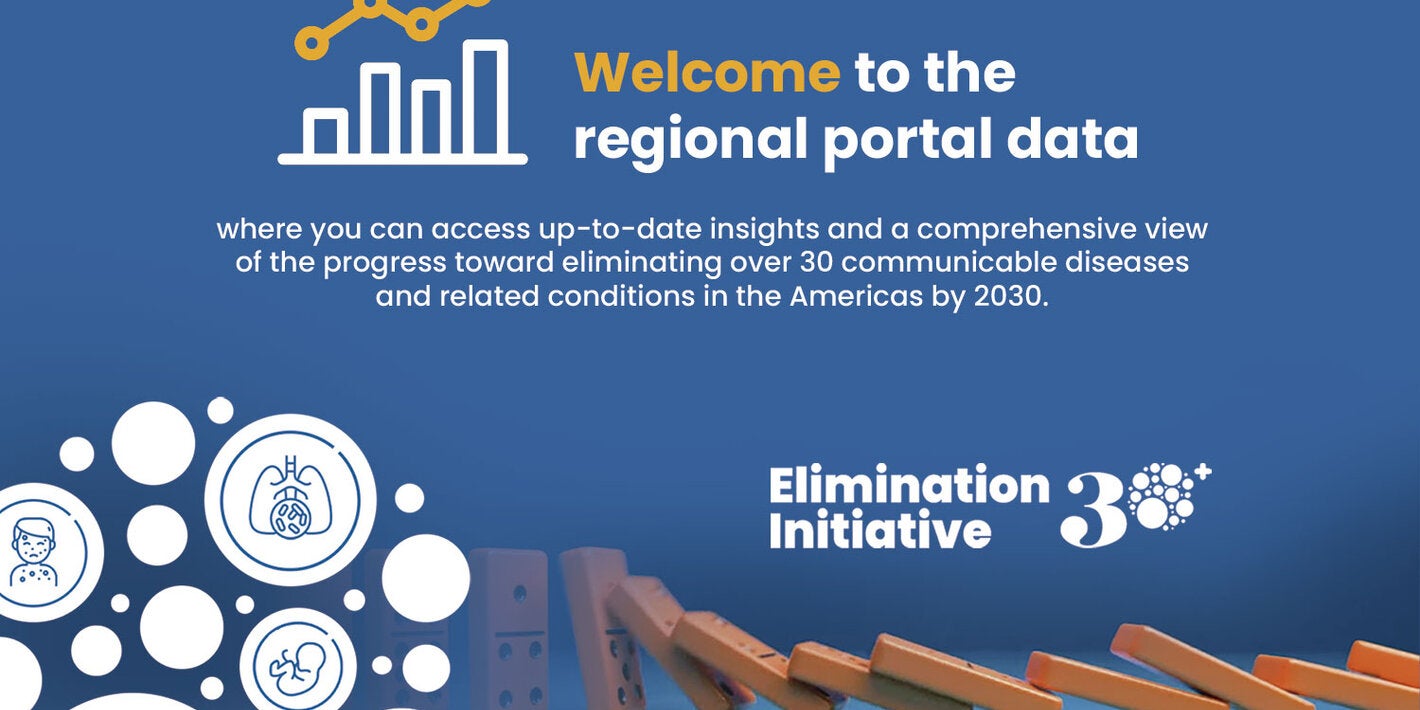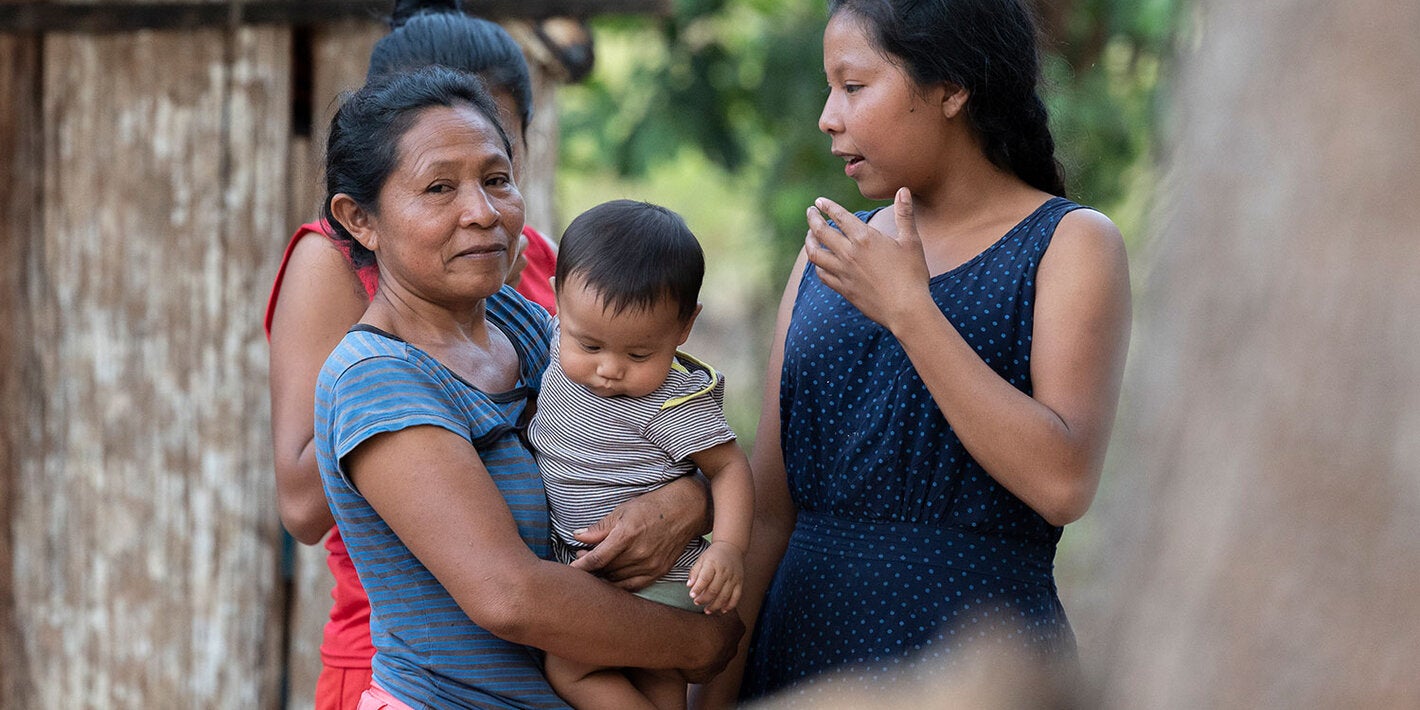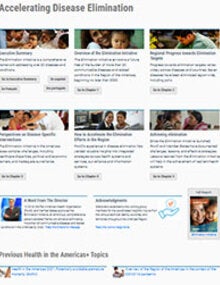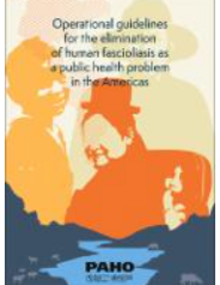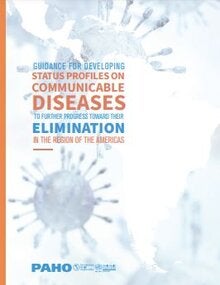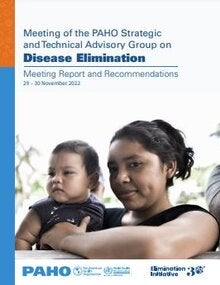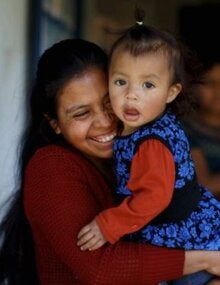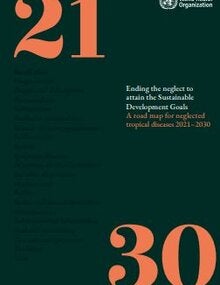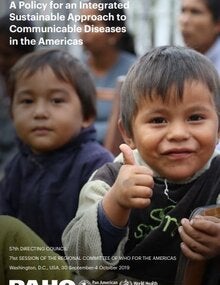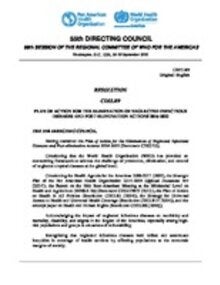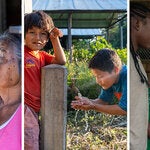SUBMENU
Fascioliasis is an animal parasitic disease (in cattle and sheep, but also pigs, donkeys, Llamas and alpacas that can be transmitted to humans. The infection is caught when aquatic or semi-aquatic plants with the larvae of the worm attached to their stem or leaves are ingested raw or poorly cooked. Once in the human body, the worm lodges itself in the main bile ducts and is responsible for severe morbidity. Endemic areas are distributed globally, but some of the most affected communities are found in the Andean highlands of South America. Triclabendazole is the only drug recommended for prevention and treatment and is provided free-of-charge to endemic countries through WHO. It can be distributed in mass interventions when clusters of cases are detected.
- In the American hemisphere, only one of these two trematode species is transmitted (F. hepatica). However, there is limited information on the burden of fascioliasis in humans and its geographical distribution.
- In 1995, WHO calculated that approximately half of the 2.39 million people infected worldwide lived in Bolivia, Ecuador, and Peru. The world’s principal endemic areas are in the Andean altiplano, with high prevalence rates of infection in indigenous communities.
- Triclabendazole is the only medicine recommended by WHO for the treatment of human fascioliasis.
- Bolivia has the largest program in the world for distribution of triclabendazole and its experience is paving the way for other affected areas to implement the lessons learned in recent years.
- In addition, fascioliasis has an important economic impact, which is linked to losses in the livestock due to reduced animal productivity, as well as to restrictions on exports and reduced consumer demand.
- Estimates from the WHO Foodborne disease burden Epidemiology Reference Group (FERG) (2015) identified the 4 species of food borne trematodes as important causes of disability with an estimated annual total of 200 000 illnesses and more than 7 000 deaths, resulting in > 2 million disability-adjusted life-years (DALYs) (1) globally.
More information about Fascioliasis:
- In 2007, PAHO/WHO initiated distribution of triclabenzadole to control human fascioliasis in the altiplano areas of Bolivia and Peru, where entire communities are treated free of charge at regular intervals.
- PAHO Resolution CD55.R9 (2016), Plan of Action for the Elimination of Neglected Infectious Diseases and Post-elimination Actions 2016-2022, calls for preventing, controlling, and reducing the burden of disease associated with fascioliasis.
- PAHO/WHO also supports the countries of the Region in strengthening diagnosis, treatment, and education to prevent the disease in the communities where it is endemic.


